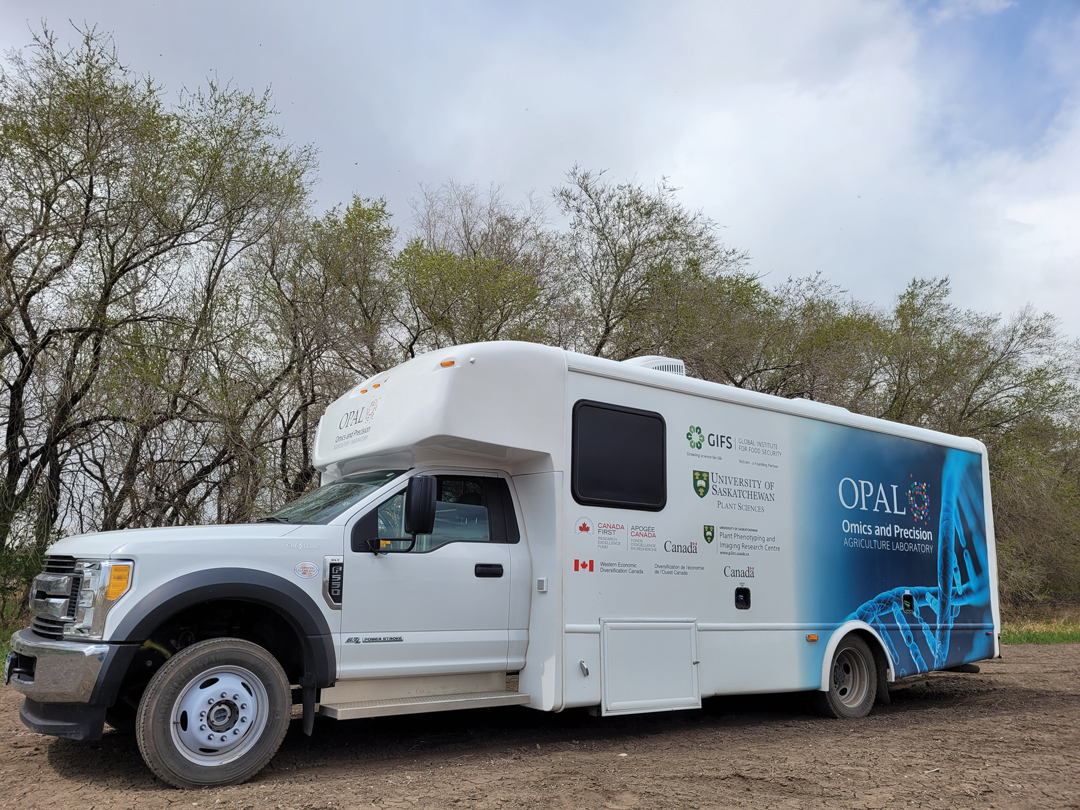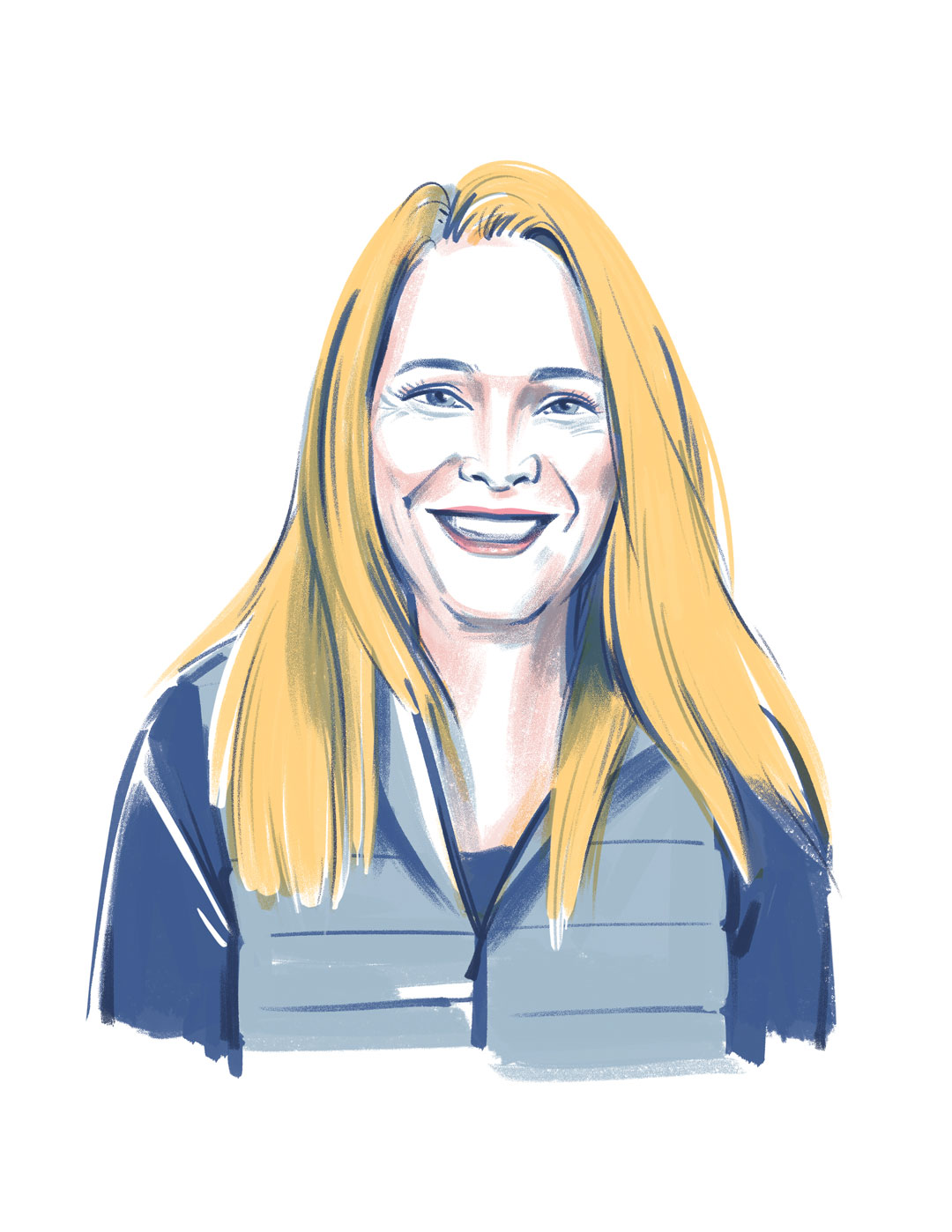OPAL A HIGH-TECH GEM
BY IAN DOIG • PHOTO BY SEUNGBUM STEVE RYU
Launched in January, 2021, the Omics and Precision Agriculture Laboratory (OPAL) is the only biotechnology facility of its kind in the country. Created with funding provided by Western Economic Diversification Canada, it is led by the Global Institute for Food Security (GIFS) at the University of Saskatchewan (USask). The facility was founded in 2019 as a partnership between the National Research Council of Canada (NRC), Agriculture and Agri-Food Canada (AAFC) and USask.
The “Omics” aspect of its moniker refers to the data services it offers agriculture, which includes the comprehensive genetic and biological analysis of microbes, plants and animals. In combination with its laboratory muscle, OPAL utilizes GPS technology, drone imagery and in-field crop monitoring to address GIFS’ mission to push innovation, economic growth, environmental sustainability and public acceptance of new ag and food technologies.
OPAL supports the research activities of other universities, AAFC and the NRC.
It additionally provides fee-for-service support for academics, government research institutions and private industry.
“The scale at which we operate provides the ability to get data in the hands of scientists and industry players so they can advance and make decisions,” said GIFS CEO Steven Webb. “It’s so cutting edge, that in response to the pandemic, we ended up lending equipment, material and supplies to the Saskatchewan Health Authority to help them ramp up their COVID-19 testing protocols. Ag-tech is as sophisticated as the health-care sector,” said Webb.
A May 2020 report by global management consulting firm McKinsey & Company estimates 60 per cent of the physical materials that fuel the global economy could be produced biologically from microbes, plants and animals, up from one third today. The report predicts the global bioeconomy will grow by up to $4 trillion over the next 10 to 20 years, with food, aquaculture and agriculture products accounting for between $800 billion and $1.2 trillion.
OPAL is powered by a complex array of scientific resources and technologies required to support this vast field of agricultural opportunity. Its genomics capabilities allow it to carry out gene sequencing, reading DNA and RNA, the genetic instruction manuals for everything from bacteria and barley to beef cattle.
Managed by GIFS, the USask Plant Phenotyping and Imaging Research Centre has developed new tools and technologies to drive OPAL’s phenomics capabilities. The study of the traits of organisms, it applies the technology in support of plant breeding. This includes the use of drone and other crop imagery. The organization’s PhenoVan, a digital laboratory on wheels, allows researchers to collect image and sensor data from research plots. “It’s a testament to the value commodity and grower groups see in OPAL helping accelerate plant breeding. We want to help breeders to develop better varieties faster, that deliver economic and environmental sustainability for our producers,” said Webb.
The Lab’s informatics arm is the last of its three namesake “omics” that enable this accelerated plant breeding. Its digital data processing capabilities allow it to analyze and convert genetic data and crop imagery into information breeders, scientists, agronomists and farmers can act on.
Its first clients included a group ofUSask professors led by Crop Development Centre director Curtis Pozniak. Facility staff generated a new type of data to support a scientific paper on wheat genetics. OPAL also helps its clients do such things as improve fermentation techniques, and GIFS researcher Raju Datla is at work on a project to enhance the photosynthetic efficiency of plants.
“It’s cool science with an economic impact,” said Webb.







Comments